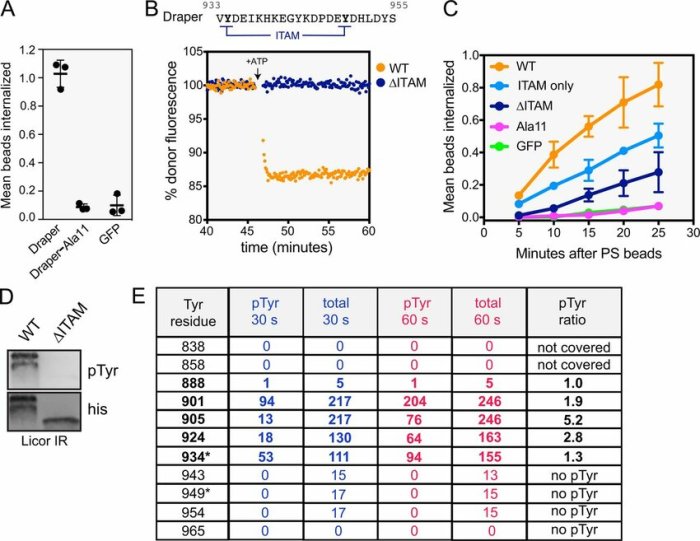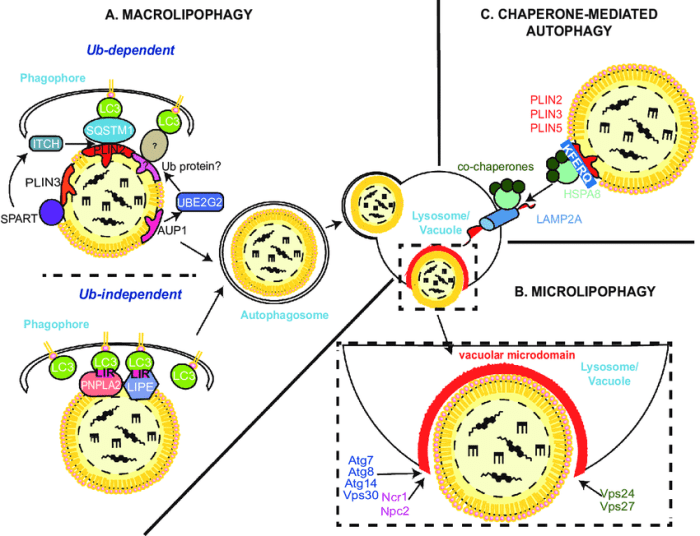Engulfment processes that require ATP play a crucial role in various cellular functions, including phagocytosis, endocytosis, and autophagy. ATP serves as the primary energy source for these processes, enabling the cells to engulf and internalize extracellular particles or damaged organelles.
This article delves into the energy requirements of engulfment processes, exploring the mechanisms by which ATP is utilized and the molecular components involved.
Energy Requirements of Engulfment Processes

Engulfment processes are energy-intensive cellular events that require the hydrolysis of adenosine triphosphate (ATP) to provide the necessary energy. ATP is a universal energy currency in cells and plays a crucial role in various cellular processes, including engulfment.
During engulfment, ATP is utilized in several mechanisms:
- Membrane remodeling:ATP is required for the dynamic rearrangement of the plasma membrane during the formation of phagocytic cups and pseudopods, which are essential for engulfing particles.
- Actin polymerization:ATP is utilized by actin-polymerizing proteins to drive the extension of actin filaments, which form the cytoskeletal framework that propels the engulfing membrane.
- Myosin contraction:ATP is hydrolyzed by myosin motors to generate force for the constriction of the phagocytic cup and internalization of the engulfed particle.
Specific examples of engulfment processes that require ATP include:
- Phagocytosis: The engulfment of large particles, such as bacteria and apoptotic cells, by specialized immune cells like macrophages and neutrophils.
- Pinocytosis: The engulfment of extracellular fluid and solutes by cells via small vesicles.
- Endocytosis: The engulfment of specific molecules or particles by cells through clathrin-coated pits or caveolae.
Molecular Mechanisms of Engulfment
The molecular mechanisms of engulfment involve a complex interplay of various proteins and signaling molecules. Key components include:
- Receptors:Engulfment receptors recognize and bind to specific ligands on the surface of target particles, initiating the engulfment process.
- Adaptors:Adaptors link receptors to the actin cytoskeleton and signaling molecules, facilitating the assembly of the phagocytic machinery.
- Actin-polymerizing proteins:Proteins like WASP and Arp2/3 complex promote the nucleation and polymerization of actin filaments, driving membrane extension.
- Myosin motors:Myosin motors, such as myosin II, generate force for the constriction and internalization of the phagocytic cup.
ATP plays a crucial role in regulating the activity of these components. ATP hydrolysis provides the energy for actin polymerization, myosin contraction, and signaling events that coordinate the engulfment process.
Regulation of Engulfment Processes: Engulfment Processes That Require Atp

Engulfment processes are tightly regulated to ensure proper immune function and cellular homeostasis. Factors that regulate engulfment include:
- Ligand concentration:The concentration of ligands on the target particle’s surface can influence the rate of engulfment.
- Cellular signaling:Signaling molecules, such as phosphatidylinositol 3-kinase (PI3K), can modulate the activity of engulfment receptors and downstream components.
- ATP levels:ATP levels can directly affect the activity of actin-polymerizing proteins and myosin motors, influencing the efficiency of engulfment.
Dysregulated engulfment can have significant implications for cellular function. Impaired engulfment can lead to defects in immune responses and accumulation of cellular debris, while excessive engulfment can contribute to inflammatory diseases.
Applications of Engulfment Research

Research on engulfment processes has broad implications for understanding disease mechanisms and developing therapeutic interventions.
- Immune disorders:Understanding engulfment defects can aid in the development of therapies for immune deficiencies and autoimmune diseases.
- Neurodegenerative diseases:Engulfment dysfunction has been implicated in neurodegenerative diseases like Alzheimer’s and Parkinson’s, suggesting potential therapeutic targets.
- Cancer immunotherapy:Manipulating engulfment pathways could enhance the efficacy of cancer immunotherapies by promoting the engulfment and elimination of cancer cells.
Current research efforts are focused on elucidating the molecular mechanisms of engulfment, identifying regulators of engulfment processes, and exploring the therapeutic potential of targeting engulfment pathways.
General Inquiries
What is the role of ATP in engulfment processes?
ATP provides the energy required for the various steps involved in engulfment, including membrane extension, particle binding, and internalization.
How is ATP utilized during engulfment?
ATP is hydrolyzed by ATPases, which are molecular motors that drive the conformational changes and movements necessary for engulfment.
What are some examples of specific engulfment processes that require ATP?
Phagocytosis by macrophages, endocytosis of nutrients by epithelial cells, and autophagy of damaged organelles are examples of ATP-dependent engulfment processes.
